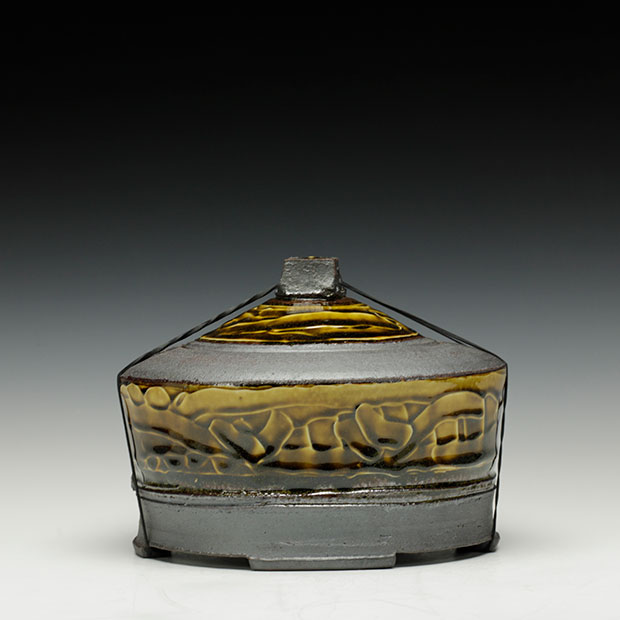Biography
Born and raised in Pennsylvania, Matt Wilt received his Bachelor’s degree in Ceramics and Art Education from Penn State University. After completing undergraduate school, Matt worked for two years at Boston Valley Terra Cotta, an architectural terra cotta restoration firm in Buffalo, New York, where he began to work more extensively with plaster molds and imitative glaze surfaces. Prior to pursuing graduate study, he also worked as an apprentice at Moravian Pottery and Tileworks, and traveled extensively in Nepal and Thailand.
Matt completed his Master of Fine Arts degree at Ohio University, in Athens. He was then awarded The Evelyn Shapiro Foundation Fellowship through The Clay Studio in Philadelphia, Pennsylvania. While working as a Resident Artist at The Clay Studio, Matt continued to show nationally and internationally and taught at several universities and art schools, including the University of Pennsylvania, Moore College of Art & Design and Arcadia University.
Matt has been the recipient of numerous awards. He has received a Pennsylvania Council on the Arts Grant, an Illinois Arts Council Fellowship, and numerous awards in national juried exhibitions. He has been active as a Visiting Artist at schools such as Syracuse University, Tyler School of Art, Northern Arizona University and Indiana University. Currently Area Head of the ceramics program at Skidmore College, his work is included in the collections of the DeYoung Museum (San Francisco), The Crocker Museum of Art (Sacramento), The Ceramic Research Center (Arizona State University), and many other public and private collections.
Statement
My work is inspired by historical ceramics as well as the flotsam and jetsam of contemporary culture. Moche ceramics of Pre-Columbian Peru are a powerful influence, both technically complex and sculpturally compelling. The richness embodied by these ancient clay vessels drives me to make work that is emotive, reflective of my world-view, and visually demanding of the viewer. Moche artists drew from every facet of life: plants, animals, architecture, the human body, the divine and the mundane of existence. I strive to work in this manner as well, combining objects and forms from the diverse culture and society in which I live, the United States of America in the 21st century. Initially, this approach resulted in vessels derived from street trash such as mufflers and styrofoam cups, buoy forms on the Delaware River, and the urban architecture of Philadelphia.
In recent years my work has become less vessel-oriented, though research into historical ceramics has continued to feed my ideas. Often my forms will seem to suggest a specific function or use, but the use is ambiguous; a hybrid of the known world with a less concrete reality. This newer work also draws from a catalogue of forms that are suggestive in nature. In Philip Rawson's book Ceramics, he refers to memory traces, and the power of forms to evoke thoughts and memories. This is similar to the way we associate colors with emotional states or meanings. By incorporating forms that are symbolic and suggestive, I attempt to engage the viewer in a process of decoding.
 $250
$250
 $250
$250